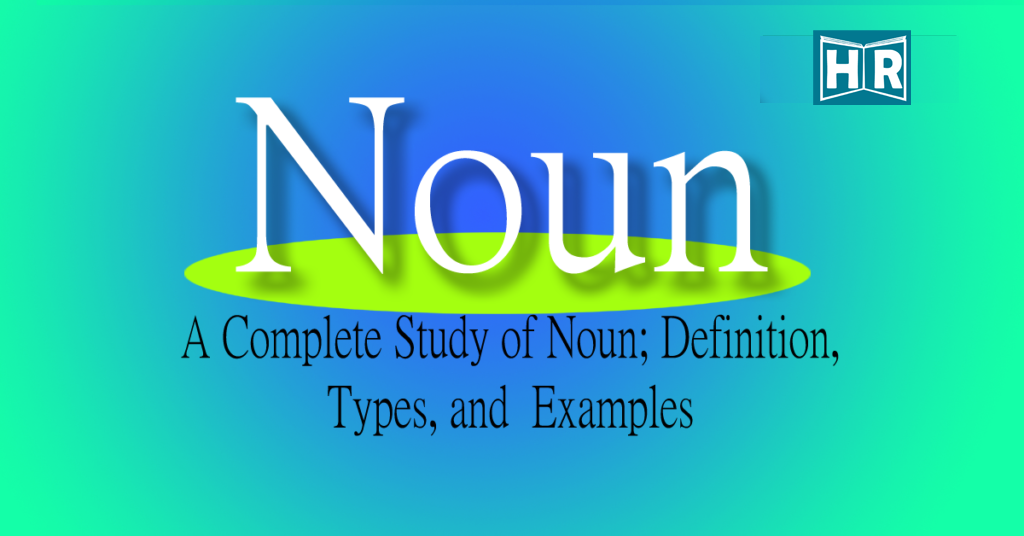Present Continuous Tense | Present Progressive Tense
The Present Progressive is used to talk about an action/situation which is in progress at the time of talking. The verb describes us that the action is still happening or the situation is still altering. Remember, the other name of Present Present Progressive is Present Continuous. Like we studied Present Simple in the previous step we also study Present Progressive here briefly. Let’s start…

Formula For Present Progressive | Sentence Structure of Present Progressive
- PRESENT TENSE>
- Present Progressive
- Affirmative Sentence = Sub + is/am/are + V1-ing + Others.
- Negative Sentence = Sub + is/am/are + V1-ing + Others.
- Interrogative Sentence = Is/Am/Are + Sub + V1-ing + Others?
- Negative and Interrogative Sentence = Is/Am/Are + Sub + V1-ing + Others?
- Present Progressive
In Present Progressive, the main verb is in the ‘ing’ form. It is used with a ‘be’ verb before it. The form of the ‘be’ verb depends on the number and person of the subject.
Use of is/am/are in Present Progressive
| PERSON | SINGULAR | Be Verb | PLURAL | Be Verb |
| 1st Person | I | am | WE | are |
| 2nd Person | YOU | are | YOU | are |
| 3rd Person | He, She, It | is | They | are |
Present Progressive Tense Sentence Structures and examples
- PRESENT TENSE>
- Present Progressive
- Affirmative Sentence = Sub + is/am/are + V1-ing + Others.
- I am writing.
- We are writing.
- You are writing.
- You are writing.
- He is writing. (3rd Person Singular)
- She is writing. (3rd Person Singular)
- It is writing. (3rd Person Singular)
- Advaith is writing. (3rd Person Singular)
- They are writing.
- Negative Sentence = Sub + is/am/are + not + V1-ing + Others.
- I am not writing.
- We are not writing.
- You are not writing.
- You are not writing.
- He is not writing.
- She is not writing.
- It is not writing.
- Advaith is not writing.
- Interrogative Sentence = Is/Am/Are + Sub + V1-ing + Others?
- Am I writing?
- Are we writing?
- Are you writing?
- Are You writing?
- Is he writing?
- Is She writing?
- Is it writing?
- Is Advaith writing?
- Are they writing?
- Negative and Interrogative Sentence = Is/Am/Are + Sub + not + V1-ing + Others?
- Am I not writing?
- Are we not writing?
- Are you not writing?
- Are you not writing?
- Is he not writing?
- Is she not writing?
- Is it not writing?
- Is Advaith not writing?
- Are they not writing?
- Affirmative Sentence = Sub + is/am/are + V1-ing + Others.
- Present Progressive
You will notice that in the question sentence only the ‘be’ verb viz is /am/are comes to the first position of the sentence. Further, ‘be‘ verbs take ‘not’ after them in negative sentences.
How to add ‘ing’ to this main verb in Progressive Sentence
We add ‘ing’ to most verbs directly without changing the base form:
- wait=waiting. If a verb ends with ‘-e’, we remove ‘e’ and add’ -ing’ to the rest; move=moving.
- If a verb ends with a single consonant having a single vowel before it, the last consonant usually doubles; sit =sitting.
- If the last two letters of a verb are –ic, they change to ‘ick’ before we add ‘ing’ picnic =picninking.
- Similarly, –ie changes to ‘y’: lie-lying.
Learn more about Present Progressive @ English club
“A successful person is one who can lay a firm foundation with the bricks others have thrown at him.”
www.huiraj.com
